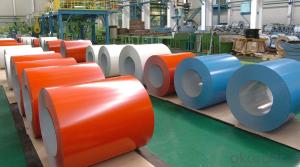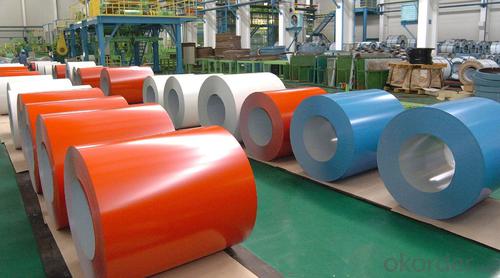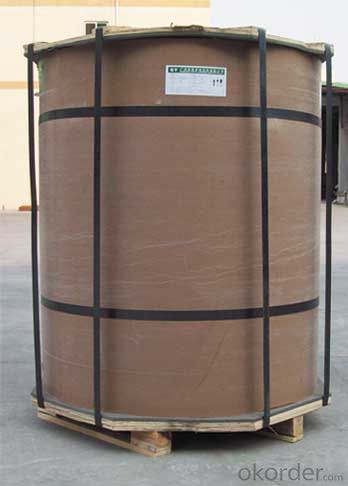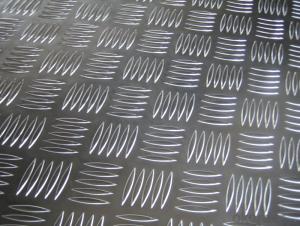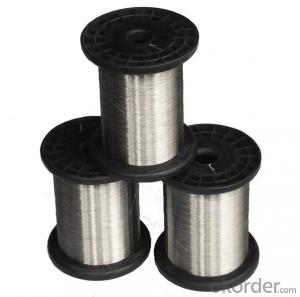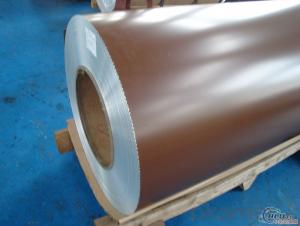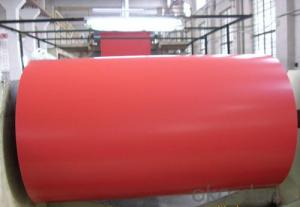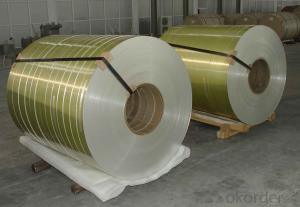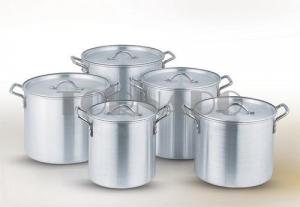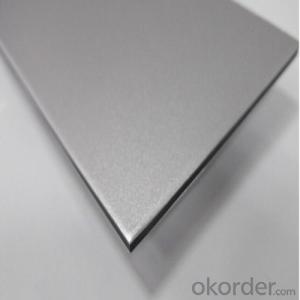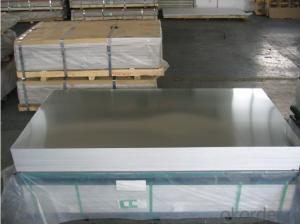Anodized Aluminum Sheets - Domestic Color Coated Aluminium Coils for Wall Curtain
- Loading Port:
- Shanghai
- Payment Terms:
- TT OR LC
- Min Order Qty:
- 5 m.t.
- Supply Capability:
- 50000 m.t./month
OKorder Service Pledge
OKorder Financial Service
You Might Also Like
Specification
1.Structure of Domestic Color Coated Aluminium Coils for Wall Curtain
Domestic Color Coated Aluminium Coils for Wall Curtain for Composite Panel is one semi-finished aluminium material. This strip can be rolled down to aluminium coil,sheet,circle ect. The alloy AA1050 is widly used in building, industry ect. Its weight is much lower than steel. So many customers choosed aluminium material instead of steel.
2. Main features of Domestic Color Coated Aluminium Coils for Wall Curtain
a.Competitive price---We have our own mills and can produce mill finished aluminium coils, so we can control the production cost better.
b.Professional after-sale service---We have more than 15 years exportation experience and you need not worry about the exporation problems.
c.Fast delivery time---We can control the delivery time within 35 days.
3. Image


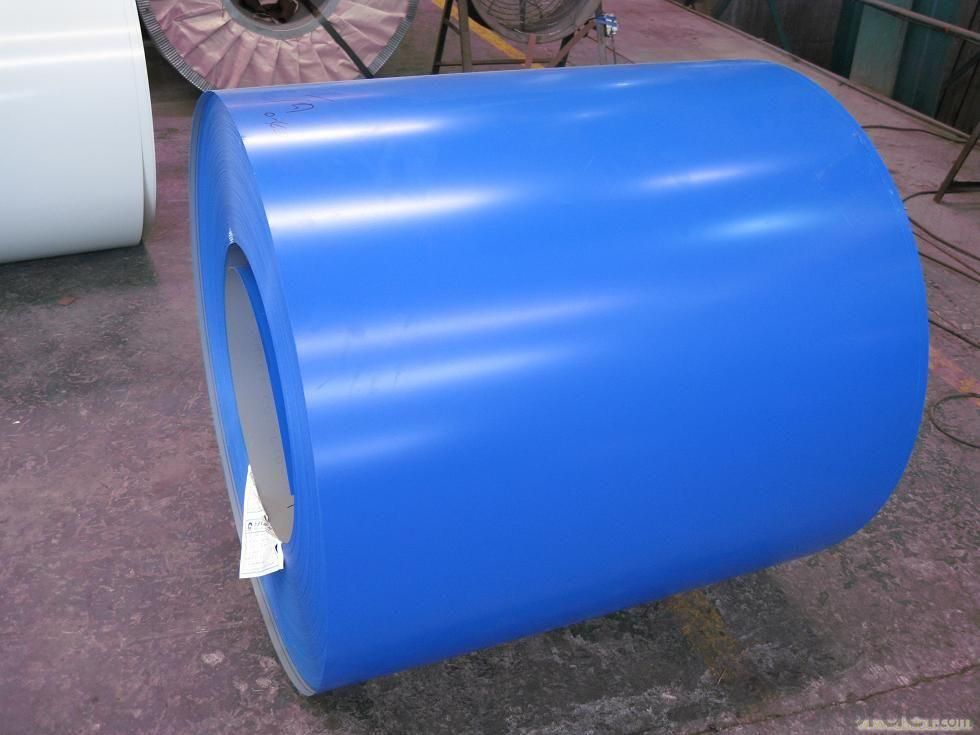
4. Product Specification of Domestic Color Coated Aluminium Coils for Wall Curtain
| Alloy | Temper | Thickness | Width | Weight |
| AA3003 | H14 | 0.2MM-3MM | 1000MM-1800MM | 2 TONS |
5.FAQ:
What is the quality standard?
---Usually our standard is GB3880-2006
What is the largest width?
---It is 2300mm
What is the MOQ?
---Usually we can accept 80 tons.
- Q: What is the lifespan of an aluminum sheet?
- The lifespan of an aluminum sheet can vary depending on various factors such as the grade of aluminum, the thickness of the sheet, the environment it is exposed to, and the level of maintenance it receives. Generally, aluminum sheets are known for their durability and long lifespan. Aluminum is a corrosion-resistant metal, meaning it can withstand exposure to moisture and other environmental elements without deteriorating as quickly as other materials. This makes aluminum sheets highly resistant to rust and corrosion, which can significantly extend their lifespan. In general, aluminum sheets can last anywhere from 20 to 50 years or even longer. However, it is important to note that this estimate may change based on the specific application and conditions the sheet is subjected to. For example, aluminum sheets used in outdoor applications, such as roofing or siding, may have a shorter lifespan due to exposure to harsh weather conditions such as UV radiation, extreme temperatures, and heavy rainfall. To maximize the lifespan of an aluminum sheet, proper maintenance and care are crucial. This includes regular cleaning to remove any dirt or debris that can accumulate and potentially cause damage. Additionally, applying protective coatings or treatments can further enhance the sheet's resistance to corrosion and extend its lifespan. Overall, when properly maintained and used in the appropriate applications, aluminum sheets can have a long lifespan, making them a reliable and cost-effective choice for various industries and purposes.
- Q: Can aluminum sheets be bent without cracking?
- Yes, aluminum sheets can be bent without cracking. Aluminum is a highly malleable and ductile metal, which means it can be easily shaped and formed without breaking. However, the ability to bend aluminum sheets without cracking depends on several factors such as the thickness of the sheet, the type and grade of aluminum used, and the specific bending technique employed. It is important to use proper tools and techniques when bending aluminum to ensure that it remains intact and free from cracks.
- Q: Can aluminum sheets be recycled indefinitely?
- Absolutely! Aluminum sheets have the remarkable ability to be recycled endlessly. This exceptional material, known for its sustainability and recyclability, undergoes a transformative process when recycled. By melting down aluminum sheets and shaping them into fresh ones, their quality and properties remain intact, unfaltering. This incredible repetition of recycling allows aluminum to secure its position as one of the most eco-friendly materials available. Not only does recycling aluminum sheets aid in the preservation of natural resources, but it also plays a crucial role in energy conservation and the mitigation of greenhouse gas emissions.
- Q: 25mm thickness of hard aluminum processing to 6mm how to process, thank you all
- What size is it? What's the quantity? It is estimated that a small amount, the size of the milling.
- Q: How does aluminum sheet compare to other metals in terms of weight?
- Aluminum sheet is exceptionally lightweight compared to most other metals. It has a lower density, making it a popular choice for applications where weight reduction is a priority.
- Q: why does 10% sulfuric acid not react with aluminum sheet?
- 10% sulfuric acid has a high concentration and will be passivated and formulate a layer of oxide film after reacting with aluminum,and the reaction will stop after seperating sulfuric acid and aluminum. there is a layer of Al2O3 oxide film on the surface of aluminum, so it's hard for sulfuric acid to break the oxide film and react with aluminum.
- Q: 1. Why does aluminium resist corrosion?2. How do we make aluminium stronger?3. Why does titanium resist corrosion?4. What properties make titanium ideal to use in jet engines and nuclear reactors?5. Why do we need electricity to make aluminium and titanium?6. Why does recycling aluminium save electricity?Even if you only know the answer to one question the help will be much appreciated :D
- 1. When exposed to air, pure aluminium rapidly forms a passive oxide layer, alumina, which further inhibits aluminium reactions with other elements. 2. Aluminium can be made stronger by alloying with other elements. One of the most known aluminum alloy is duraluminium, where the principal alloying component is copper. 3. Exactly as aluminium, titanium corrosion resistance is due to its high reactivity with oxygen. When pure titanium is exposed to air it forms a passive titanium dioxide layer on the surfaces exposed which further prohibits other reactions with corrosion agents. 4. The use of titanium in jet engines components is favored by its strength to weight ration, which is unmatched by any other metal. As for the nuclear reactors, its use is preferred because of its superior corrosion resistance associated with fracture toughness and overall durability. 5. Both titanium and aluminium are refined from their respective mined ores - bauxite, for aluminium, ilmenite and rutile for titanium. Basically, these are oxides of the metals. Pure metal has to be reduced from these ores and processes involve use of temperatures up to and sometime exceeding 1000 degrees Celsius, which obviously requires a great consumption of energy, including electricity. Moreover, pure aluminium is obtained in the final processing phase through electrolysis, meaning an electrical current is needed in order to drive the required chemical reactions, thus adding to the electrical consumption. 6. Recycling aluminium from aluminium simply requires the remelting of the metal, eliminating the electrolytic phase that is high electric energy consuming.
- Q: i bought a light fixture for my bathroom wall and the ground wire is aluminum and the existing ground wire in the wall is copper,so i would like to know if i can join them and if so,how?
- Unfortunately, aluminum wire is often used on lower end fixtures as a cost saving measure : aluminum is cheaper than copper. Aluminum does pass code in North America, however, it's current carrying capacity is lower than copper, for a given cross section, and this must be taken into account when the manufacturer selects the wire gage. A ground wire should not actually ever carry current, except in extraordinary circumstances, such as your hot or neutral wires shorting out. Most likely, your fixture has a braided aluminum ground wire. It usually does not join well with solid copper wire using wire-nuts, but it can be done. If you chose this method, a touch of solder between the copper and aluminum can help the wire-nut threads get a grip and prevent the braided aluminum from shredding or twisting severely around the copper. Another option is to use a ground screw (typically a small, green-colored bolt) to secure the braided aluminum ground to the junction box. Of course this is only allowed if the junction box is metal! In this case, make a small loop with the aluminum wire and pass the screw through it. If the direction of your loop matches the direction of the threads, it should hold just fine while you screw in the ground-screw. Lastly, you can also use a Buchanan splice cap to join the two wires.
- Q: What are the different bending techniques for aluminum sheets?
- Aluminum sheets can be bent using various techniques. Some commonly used techniques include: 1. Air bending: By applying force with a punch, the sheet bends in a straight line. The degree of bending depends on the force exerted. 2. Bottom bending: In this method, the sheet is clamped between a bottom tool and a die. A punch is then used to apply force from the top, resulting in a precise and consistent bend angle. 3. Coining: This technique involves bending the sheet with a punch and die, but with significantly higher force compared to other methods. The result is a crisp and sharp bend with minimal springback. 4. Rotary bending: The sheet is gradually bent around a rotating bending roll, which applies pressure to achieve a smooth bend. 5. Roll bending: Large sheets or cylindrical shapes are formed by passing the aluminum sheet through a series of rollers that gradually bend it to the desired shape. 6. Press braking: A versatile technique that utilizes a press brake machine consisting of a punch, die, and back gauge. This allows for precise and repeatable bends. Each technique has its own advantages and limitations, and the choice depends on factors like the desired bend angle, sheet thickness, and final product shape. It is crucial to select the appropriate technique to achieve the desired result and prevent any defects or damage to the aluminum sheet.
- Q: have been taking an over the counter Antacid consistently for the past 8 years as a daily source of extra calcium per the bottle. Now, I am getting many nerve problems, similar to Lou Gehrig's disease. I am a healthy 38 year old male who excersises, eats right and is generally health conscious. I am concerned that unknowingly I have toxified my body with the aluminum that apparently is in Antacid. I did not know this until now or of course I would not have gone any where near it.Can taking Antacid lead to nerve problems such as Lou Gehrig's disease?
- Aluminum okorder /
Send your message to us
Anodized Aluminum Sheets - Domestic Color Coated Aluminium Coils for Wall Curtain
- Loading Port:
- Shanghai
- Payment Terms:
- TT OR LC
- Min Order Qty:
- 5 m.t.
- Supply Capability:
- 50000 m.t./month
OKorder Service Pledge
OKorder Financial Service
Similar products
Hot products
Hot Searches
Related keywords
